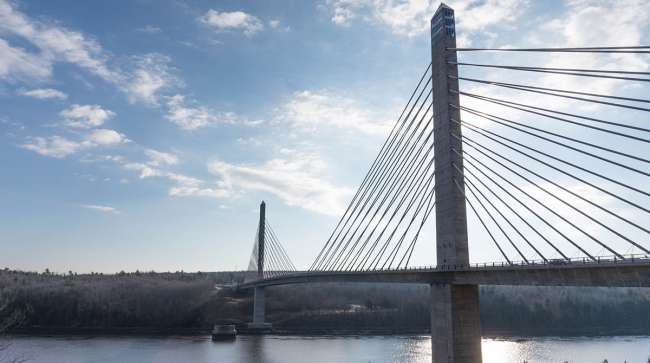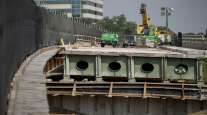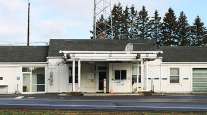TRIP Report Underscores Maine’s Crumbling Infrastructure

Maine’s aging transportation network is in serious need of repair, according to TRIP’s Nov. 1 report titled “Preserving Maine’s Bridges.”
TRIP is a nonprofit group based in Washington that researches and publishes data on surface transportation issues. The organization found that 14% of the state’s bridges, some 2,450 of which are 20 feet or longer, are structurally deficient.
“The average age of Maine’s bridges is 52 years. The cost of repairing and preserving bridges increases as they age and as they reach the end of their intended design life,” TRIP states in its report. “To retain businesses, accommodate population and economic growth, maintain economic competitiveness and achieve further economic growth, Maine will need to maintain and modernize its bridges by repairing or replacing deficient bridges and providing needed maintenance on other bridges to ensure that they remain in good condition as long as possible.”
Maine’s decrepit bridges have wasteful repercussions, according to the report. For example, large vehicles, such as commercial trucks and school buses, use alternate routes to avoid bridges that have weight restrictions. The report points out that these deviated routes increase travel time and waste fuel.
Part of the wear and tear found on the state’s bridges and highways is due to increased demand. The report acknowledges Maine’s population has risen 4% since 2000. As of 2015, there were 1 million licensed drivers in the state.
However, as the state’s population grows and its economy expands, truck traffic on its highways and bridges increases. According to TRIP, 80% of Maine’s freight tonnage is transported by truck. The report cites a Federal Highway Administration estimate that says every dollar invested in road improvements results in an “average benefit of $5.20 in the form of reduced vehicle maintenance costs, reduced delays, reduced fuel consumption, improved safety, reduced road and bridge maintenance costs and reduced emissions as a result of improved traffic flow.”
“The state will need to modernize its transportation system by improving the physical condition of its bridges, which will enhance the system’s ability to provide efficient and reliable mobility for motorists and businesses,” TRIP states.




